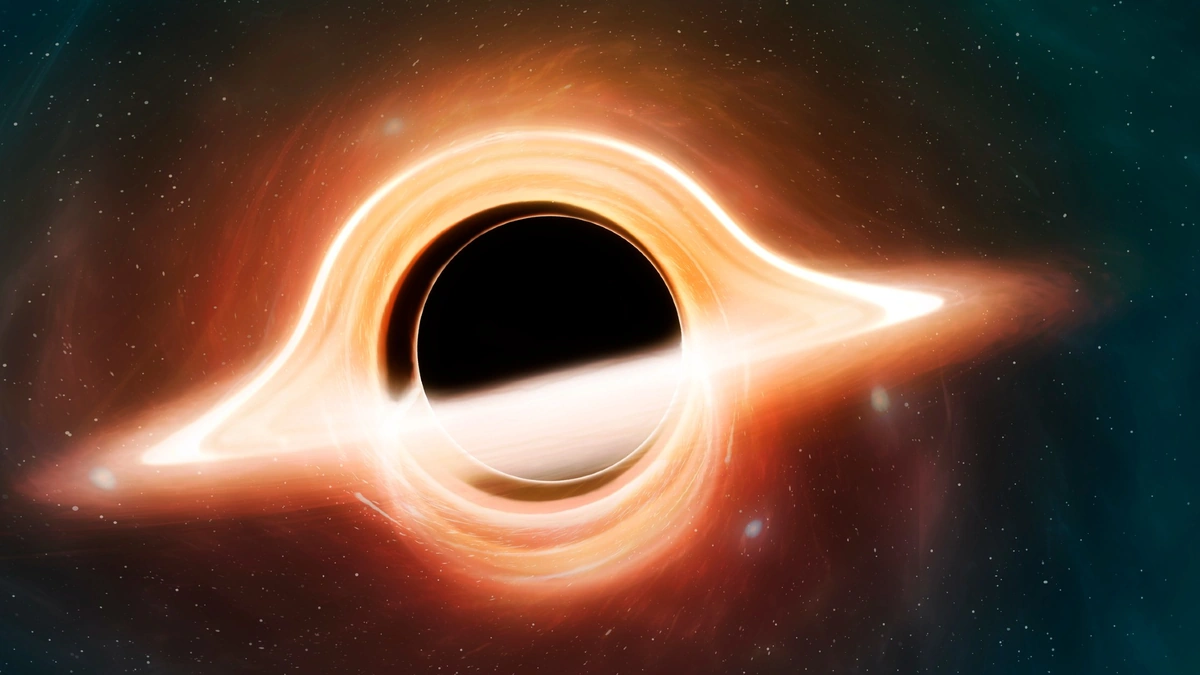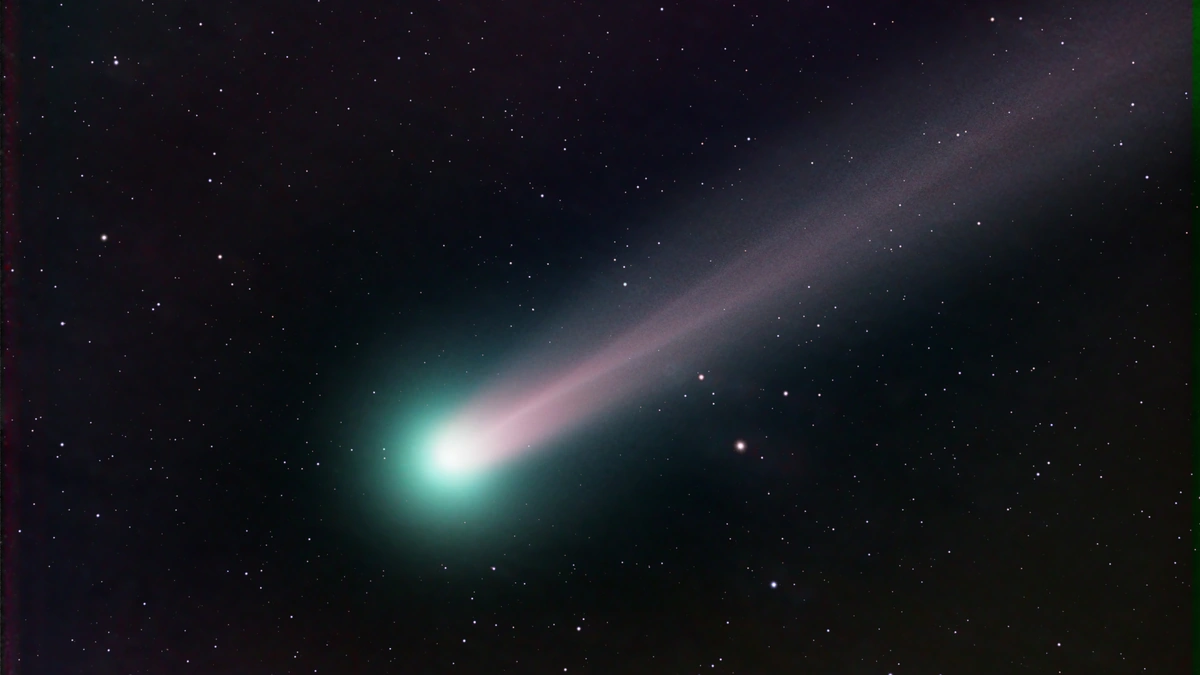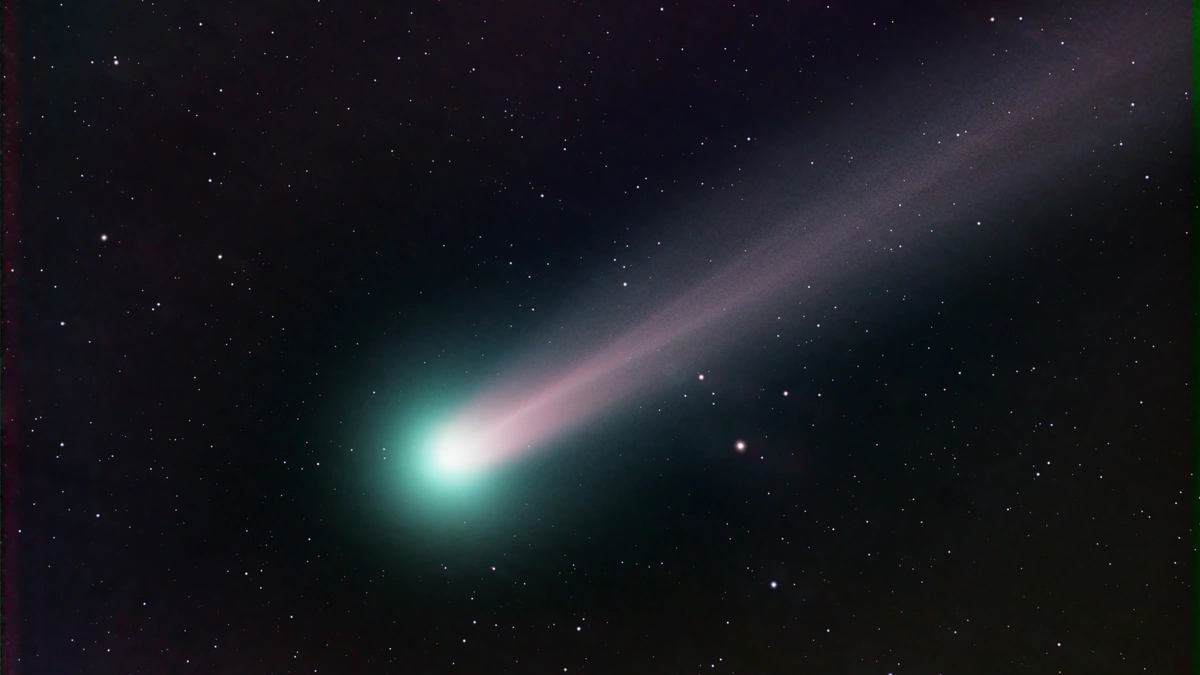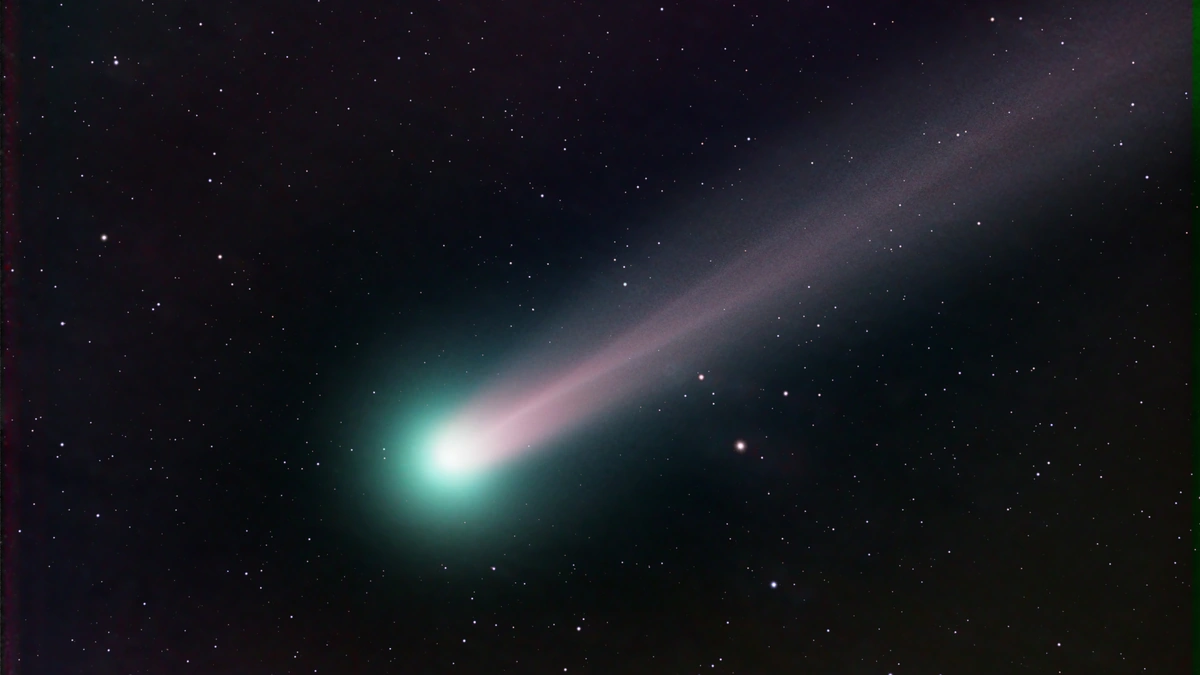First Ever Observation | Scientists Witness Two Black Holes in a Fatal Orbital Dance
Okay, buckle up, because this is mind-bending. We’ve all heard about black holes – those cosmic vacuum cleaners that devour everything in their path. But get this: scientists have just witnessed, for the very first time, two of these behemoths locked in a fatal spiral dance. It’s like watching the universe’s most dramatic tango, only the music is gravitational waves and the final embrace ends in a single, supermassive black hole. The implications of this discovery are huge, and that’s exactly what we’re going to unpack today. Forget the jargon; let’s talk about why this matters to you and what it reveals about the very fabric of space and time.
Why This Black Hole Collision Matters (Beyond the Headlines)
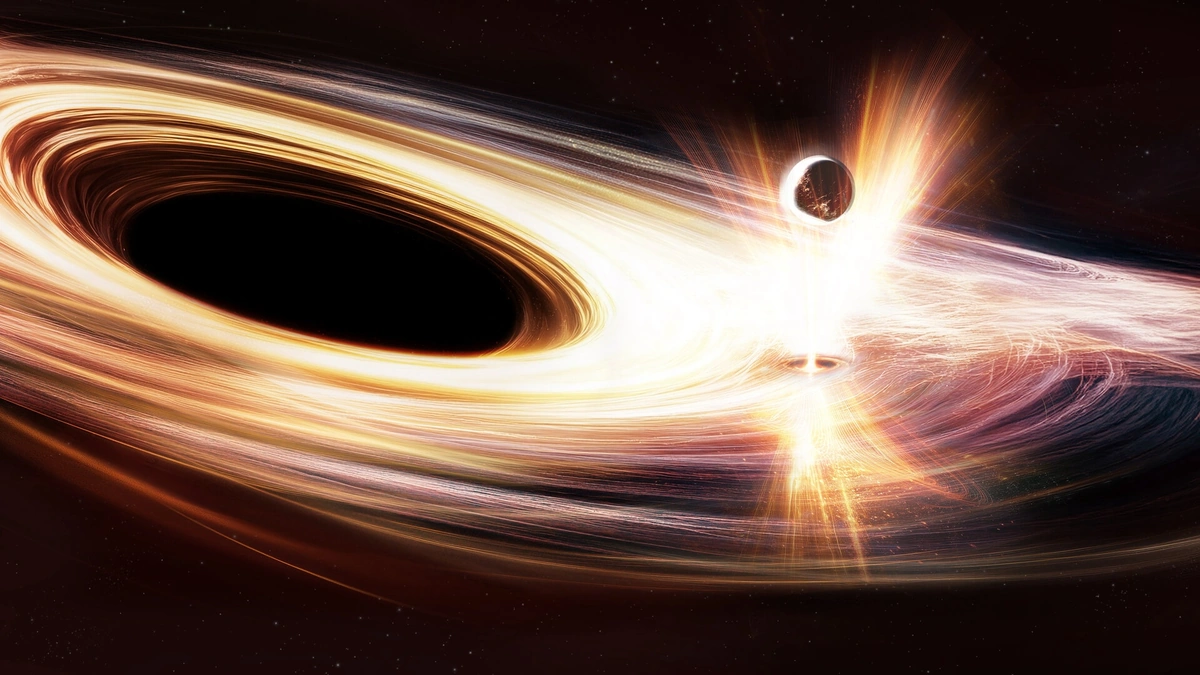
So, the immediate question is, why should you care about two black holes merging billions of light-years away? Here’s the thing: this event confirms some of Einstein’s most radical predictions about gravity and the universe. Think of it as a real-time experiment validating theories that once seemed like pure science fiction. According to NASA, the observed event provided confirmation of Einstein’s theory of general relativity. What fascinates me is that every time we observe something like this, we are understanding the true nature of the universe and how it works.
Plus, these kinds of collisions are likely how many of the supermassive black holes at the centers of galaxies – including our own Milky Way – got so darn big. Understanding the mechanics of these mergers helps us understand how galaxies evolve and shape the cosmos. It’s cosmic archaeology at its finest. We are able to look at the very beginning of galaxies and understand what has taken place.
But it goes deeper than that. The detection of these events relies on incredibly sensitive instruments that can pick up the faint ripples in spacetime caused by these cataclysmic mergers. This technology has applications far beyond astrophysics, potentially leading to new sensors and imaging techniques that could revolutionize fields like medicine and engineering.
Decoding Gravitational Waves | The Sound of Space-Time
Let’s talk about gravitational waves, because they’re the real stars of this show. Einstein predicted their existence over a century ago, but it wasn’t until recently that we had the technology to detect them directly. These waves are essentially ripples in the fabric of space-time, caused by accelerating massive objects like merging binary black holes . It’s mind blowing.
Imagine dropping a pebble into a pond. The ripples that spread outward are analogous to gravitational waves. Now, imagine the “pebble” is two black holes , each several times the mass of our sun, circling each other at near the speed of light. The resulting “ripples” are colossal, and they carry information about the masses, spins, and orbital paths of the merging black holes . This is the exciting part, let me tell you.
The detectors used to find these waves are called interferometers, and they’re incredibly sensitive. They can measure changes in distance smaller than the width of a proton! By analyzing the characteristics of these waves, scientists can piece together a detailed picture of the merger event, including the mass and spin of the final black hole .
The Orbital Dance | A Fatal Attraction
Here’s where it gets truly dramatic. These two black holes weren’t just casually passing each other; they were locked in a gravitational embrace, spiraling ever closer in a deadly orbital dance. As they circled each other, they emitted gravitational waves, gradually losing energy and momentum. This caused their orbits to shrink, pulling them closer and closer together.
This process accelerated as they approached their final merger, culminating in a violent collision that released an enormous amount of energy in the form of gravitational waves. The resulting black hole was larger than either of its parents, but slightly less massive than their combined mass. The missing mass was converted into energy, according to Einstein’s famous equation E=mc². That’s how much energy this collision had.
What fascinates me about the orbital dance is the elegance of it. It’s a beautiful illustration of how gravity works on the largest scales, shaping the dynamics of the universe. Understanding this choreography helps us to predict and interpret future merger events, unlocking new insights into the population of black holes in the cosmos.
Future Implications | What’s Next for Black Hole Research?
This first-ever observation is just the beginning. As our technology improves, we’ll be able to detect even fainter gravitational waves from more distant and exotic events. This will allow us to probe the universe in new ways, studying the formation and evolution of black holes , galaxies, and the universe as a whole.
Scientists are also developing new techniques to analyze the data from these observations, extracting even more information about the properties of black holes and the nature of gravity. This could lead to breakthroughs in our understanding of fundamental physics, potentially resolving some of the biggest mysteries in science. The new breakthroughs are truly out of this world.
And let’s not forget the potential for technological spin-offs. The advanced sensors and signal processing techniques developed for gravitational wave detection could have applications in a wide range of fields, from medical imaging to earthquake prediction. It’s like unlocking a treasure trove of innovation, all thanks to our quest to understand the cosmos. The potential for the research of black holes is unmatched.
FAQ About Black Hole Mergers
What exactly are gravitational waves?
They’re ripples in spacetime caused by accelerating massive objects, like merging black holes . Imagine dropping a pebble into a pond – that’s kind of like it!
How do scientists detect these gravitational waves?
Using incredibly sensitive instruments called interferometers that can measure tiny changes in distance.
What if a black hole came close to Earth?
Don’t worry, that’s incredibly unlikely! The nearest known black holes are very far away.
Could black holes eventually swallow the entire universe?
No, they don’t just suck everything up. They only affect things that get too close.
Are all black holes the same size?
Nope! They range from stellar mass black holes (a few times the mass of our sun) to supermassive ones (millions or billions of times more massive).
What is a binary black hole system?
It is a system where two black holes orbit each other. Eventually, they spiral inwards and merge into one larger black hole.
In the end, this groundbreaking observation of a black hole merger isn’t just a scientific milestone; it’s a testament to human curiosity and our relentless pursuit of knowledge. It reminds us that the universe is full of surprises, waiting to be discovered, and that even the most seemingly abstract concepts can have profound implications for our understanding of the world around us. What a time to be alive, right?
